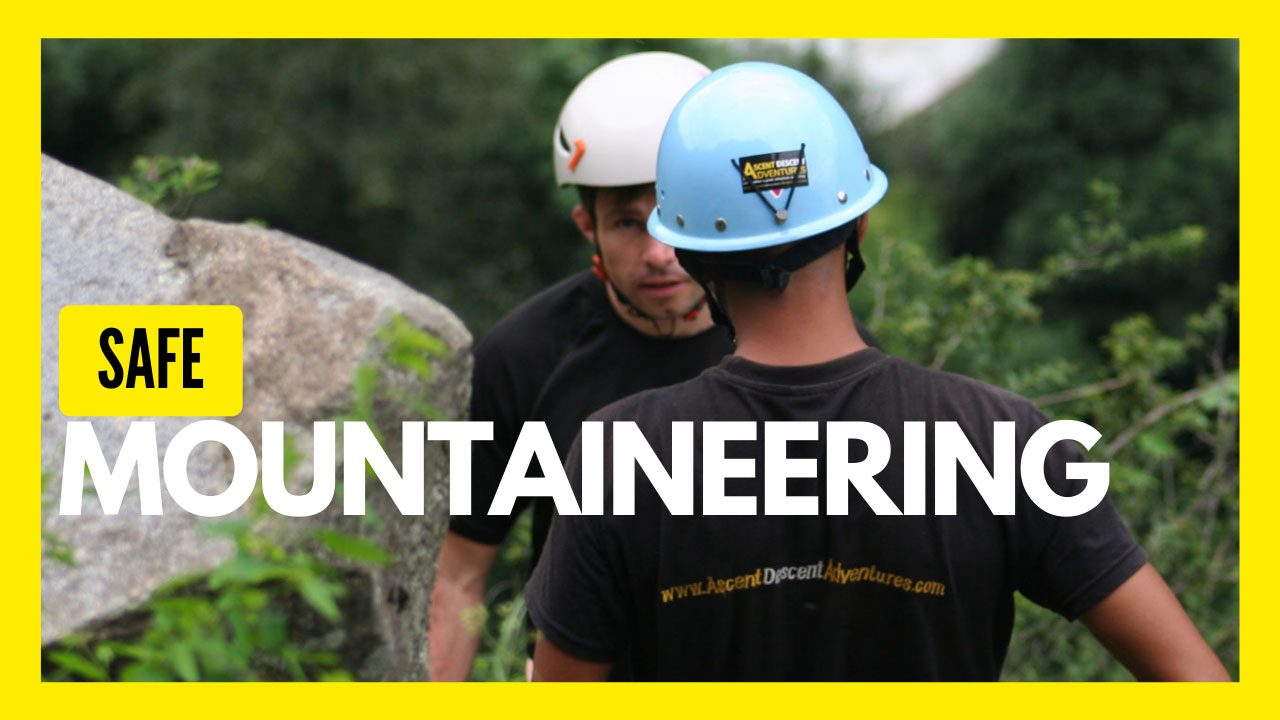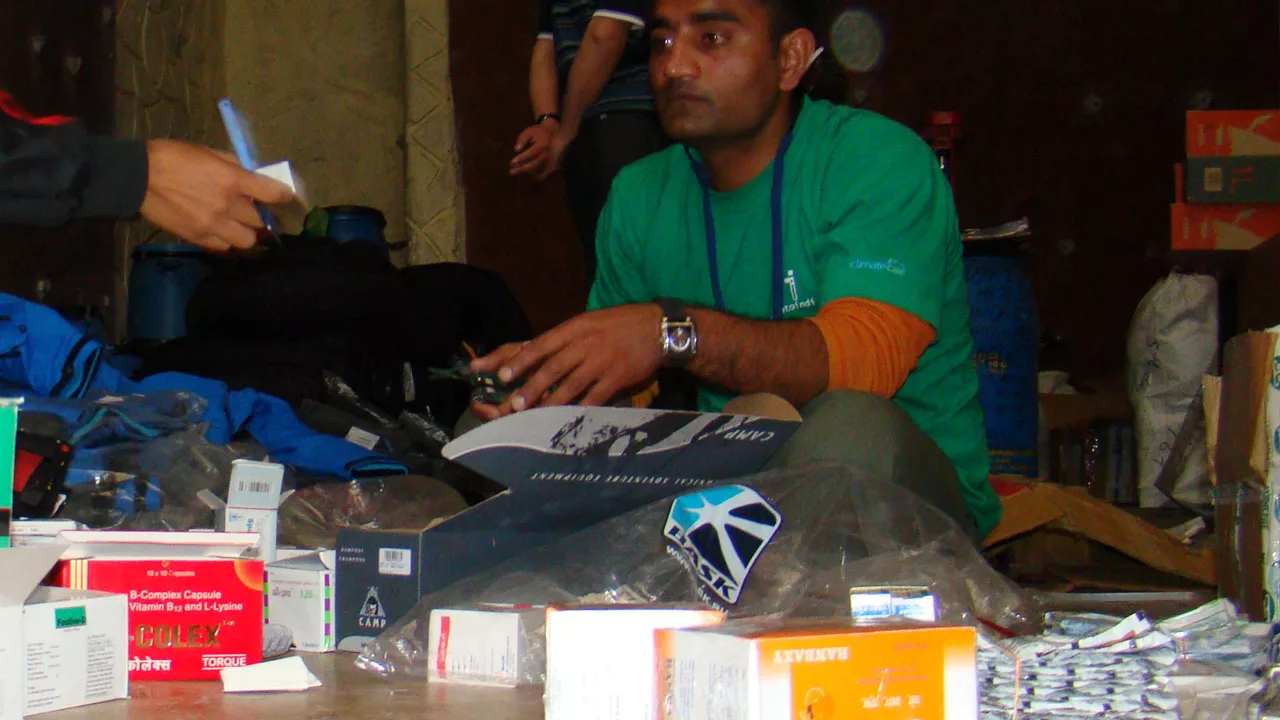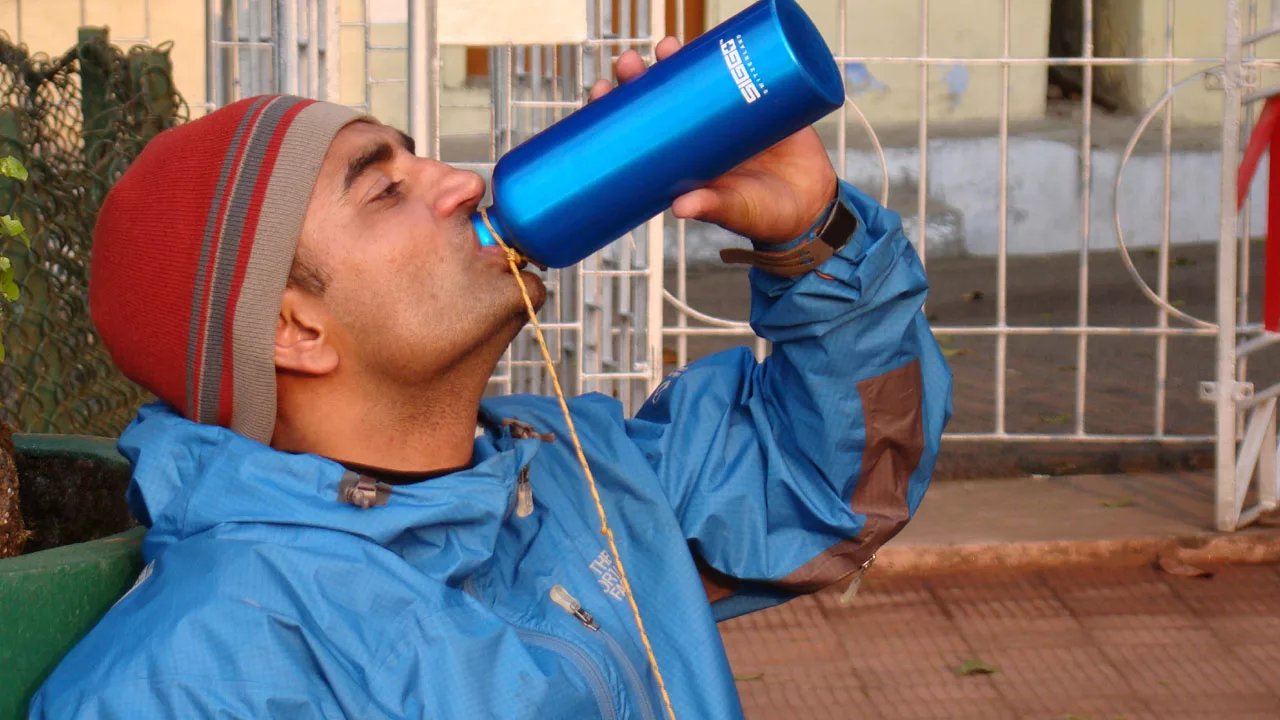Mountaineering Safety
Knowledge Base
Mountaineering is becoming increasingly popular across the world, and it is taking on quickly in India, as with other adventure sports. Climbing a mountain to the top may be a gratifying experience. Mountain peaks frequently provide expansive views and notably lonely surroundings, in addition to the exhilaration of climbing themselves.
When seeking adventure at high elevations, it’s critical to recognize the health and physical limitations you may confront.
The hazards of mountain climbing and how to avoid them.
Plan: Mountaineering Safety
Conduct your research. Contact others who have previously visited the location you wish to explore. And make a list:
Example
- Map out your journey with escape routes.
- What do you need for a successful trip in terms of gear, food, potters, etc
- Which companion is the greatest match for you on this trip? For example, Alex is brilliant at belaying but terrible at lengthy overnight expeditions.
Prepare: Mountaineering Safety
- Mentally and physically prepare yourself in accordance with your goal.
- Get a detailed topo map of the region you’ll be exploring; don’t rely just on your smartphone.
- Get the proper team/trip gear/equipment.
Self-Reliance
Self-reliance is the finest practice in the mountains, whether you are on a guided mountaineering expedition or a short hike. That implies you have the right gear including a first aid kit.

Right Equipment
Bring your gear or equipment according to the terrain.
Hiking on slick paths requires the use of one or two walking poles to assist you keep your stance while crossing uneven terrain. A pole will help relieve some of the strain on your knees, back & ankles.
- A large mouth water bottle to replenish from the streams.
- A right-capacity backpack according to the trip.
Examples
- On a day trek, bring a day pack rather than an 80-liter backpack.
- Use a dry bag instead of a backpack for a rafting trip.
Hydration
Any activity at a greater altitude might cause dehydration. Because you are less likely to want water and feel thirsty at higher elevations, it is essential to drink often.
The key to recognizing dehydration is passing little volumes of dark urine, so keep an eye on the color of your urine. This is because the kidneys are attempting to save water.
- To rehydrate, take tiny but consistent sips of plain water.
- If little food is consumed, and dehydration is severe, oral rehydration solutions should be attempted.

Mountaineering Safety: Altitude Sickness
Altitude sickness can occur due to a shortage of oxygen. Altitude sickness is most common at elevations of 8,000 feet or above. People who aren’t used to being at such heights are particularly susceptible. Headache and sleeplessness are two of the symptoms.
- Altitude sickness is not to be taken lightly.
- The condition is potentially harmful.
- Altitude sickness is tough to identify since it can affect anyone at a high height.
Three types of altitude sickness:
AMS
The most prevalent type of altitude sickness is acute mountain sickness (AMS).
HACE
If acute mountain sickness persists, high-altitude cerebral edema (HACE) develops. HACE is a severe kind of AMS in which the brain swells and ceases to function normally.
- HACE can be fatal if not addressed promptly.
HAPE
High-altitude pulmonary edema (HAPE) is a complication of HACE, although it can develop on its own as well. Excess fluid accumulates in the lungs, making normal function difficult.
- If HAPE is not treated immediately by lowering altitude or utilizing oxygen, it can be fatal.
Managing Altitude Sickness
Altitude sickness, also known as (AMS) Acute Mountain Sickness, usually begins after crossing 8,000 feet or 2500 m and can be fatal if left untreated.
- ‘Climb High Sleep Low’ is the best technique for acclimatization.
- Taking a break from the ascent and establishing a camp for a few days allows you to acclimate before continuing your trek.
Symptoms
- Dizziness
- Headaches, muscular pains, and sleeplessness
- Irritability due to nausea and vomiting
- Appetite loss and
- Shortness of breath with strenuous effort
Because everyone is different, it’s difficult to anticipate how your body will respond to high elevations. Your greatest defense against altitude sickness is to avoid climbing too high too quickly and to be prepared by following the advice above.
Keep an eye on the weather
Every climber should be able to read the weather in the mountains and keep a careful watch on it while ascending. At high altitudes, even little variations in weather can have an influence on your ascent and perhaps your and your climbing/trekking group’s safety.

Be cautious
Being a climber or outdoor sports fan may appear to make one a natural risk taker, but this couldn’t be far from reality. The finest mountaineers are frequently risk-averse and exceedingly careful. This is especially true while participating in a high-risk activity.
Help
If you’re in distress or have a medical ailment, There is no shame in asking for help or returning if necessary.